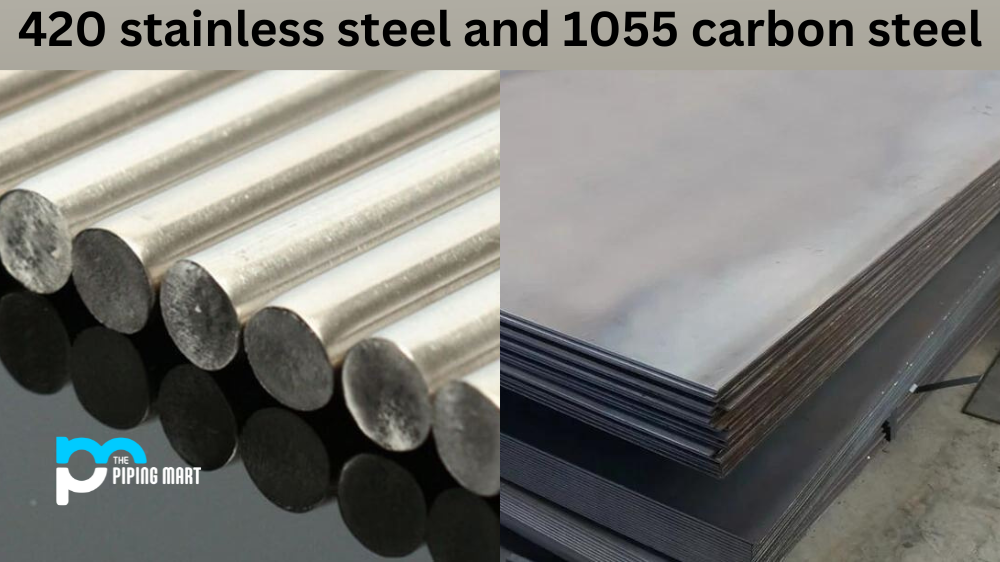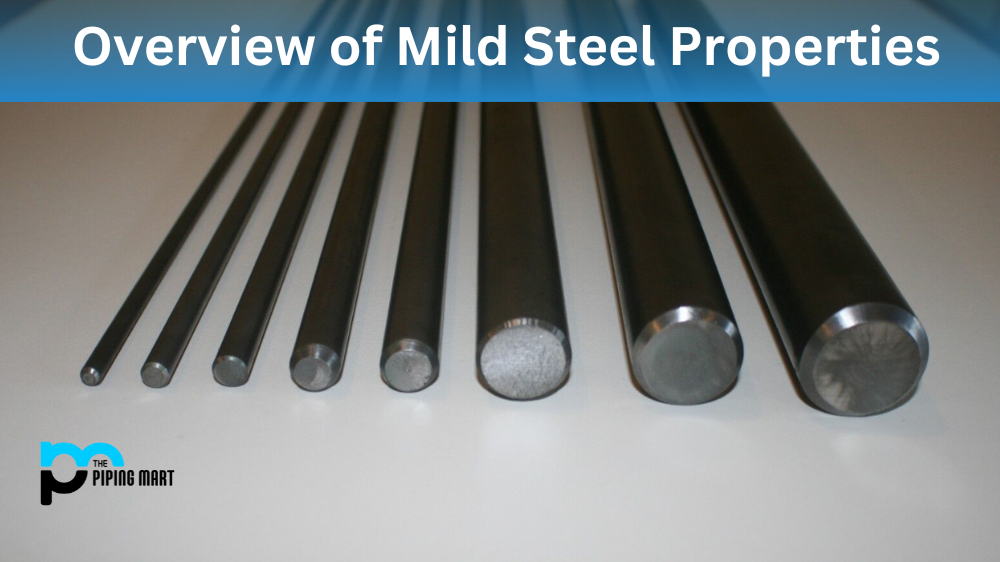Are you searching for the best steel for your next project? Choosing between 420 stainless steel and 1055 carbon steel can be overwhelming. Each has its unique properties and uses. While 420 stainless steel is well known for its corrosion resistance, 1055 carbon steel is often recognized for its toughness. In this blog post, we’ll explore the differences between these two steels and help you make an informed decision that suits your needs.
What is 420 Stainless Steel?
420 stainless steel is popular because of its corrosion resistance and high tensile strength. This steel is commonly used in applications that require high wear and tear resistance. Unlike other stainless steel types, 420 exhibits high hardness, elasticity and longevity even in high temperatures. This makes it an ideal option for blades and cutting tools.
However, 420 steel can be challenging to sharpen and is prone to distortion if not treated properly. Additionally, this steel is not recommended for applications that require extreme wear resistance as it may not retain its edge for long periods.
What is 1055 Carbon Steel?
1055 carbon steel has been a popular choice among blacksmiths for centuries. Its high carbon content makes this steel incredibly durable and easy to sharpen. Its high strength and toughness make it an appropriate choice for cutting tools that endure high-stress applications.
One disadvantage of 1055 steel is that it may rust if not coated properly. This steel is also relatively heavy, which can pose a challenge if weight is a concern in your project. If you need tough and highly durable steel, 1055 carbon steel is a great option.
Difference Between 420 Stainless Steel and 1055 Carbon Steel
Durability and Corrosion Resistance
Both 420 stainless steel and 1055 carbon steel have unique strengths and weaknesses regarding durability and corrosion resistance. 420 stainless steel is a great option when high corrosion resistance is a primary concern. On the other hand, 1055 carbon steel is preferred due to its toughness and durability.
Surface Quality
Regarding surface quality, both metals can be polished or sandblasted. However, 420 stainless steel produces a shinier finish, while 1055 carbon steel’s finish tends to be more matte due to its higher carbon content.
Conclusion
So, which steel is better for your project? The answer depends on your specific needs. If corrosion resistance is your top priority, 420 stainless steel is likely the best option. However, if toughness and durability are what you’re looking for, 1055 carbon steel is a great choice. Ultimately, choosing the right steel for your application is important to ensure your project’s success.

A passionate metal industry expert and blogger. With over 5 years of experience in the field, Palak brings a wealth of knowledge and insight to her writing. Whether discussing the latest trends in the metal industry or sharing tips, she is dedicated to helping others succeed in the metal industry.




